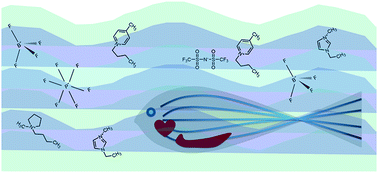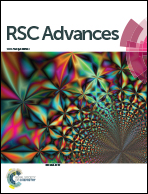Teratogenic, cardiotoxic and hepatotoxic properties of related ionic liquids reveal the biological importance of anionic components†
Abstract
Ionic liquids are fast becoming the solvent of choice for a number of diverse chemical, industrial and biological processes. Although they are considered a ‘greener’ alternative to conventional solvents, their effects on biological systems remain poorly understood. The zebrafish, a small fresh-water fish, is an ideal model for testing the effects of small molecules on whole organism assays. Because of conservation of molecular pathways between human and zebrafish, studies on zebrafish can lead to direct insights into human biology. We have evaluated the toxic effects of five different but related ionic liquids on zebrafish embryonic assays. We have discovered two related ionic liquids that show strong cardiotoxic and hepatotoxic effects suggesting previously unanticipated effects on health. Comparisons of ionic liquids with different cationic but the same anionic components suggest that both the anionic and the cationic components play important roles in determining the biological effects of an ionic liquid.



 Please wait while we load your content...
Please wait while we load your content...